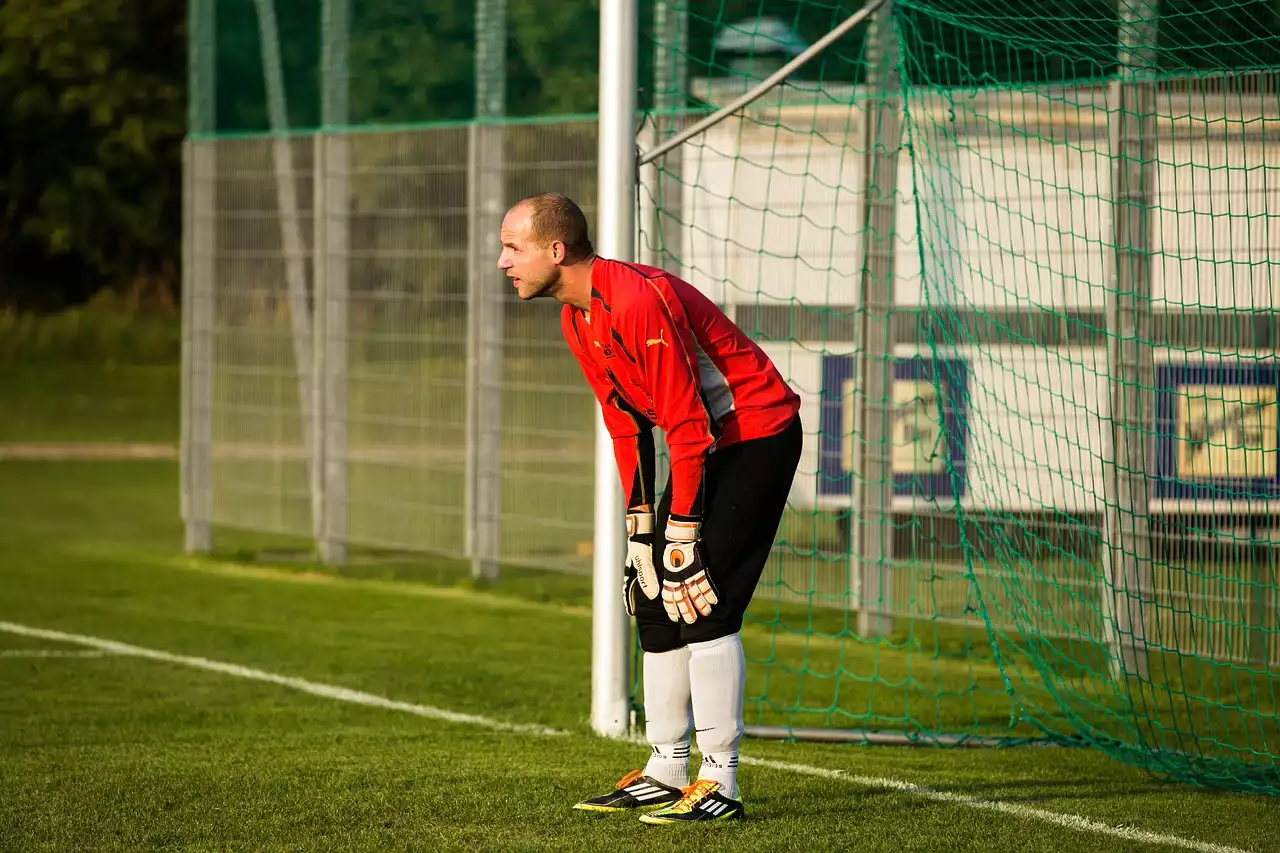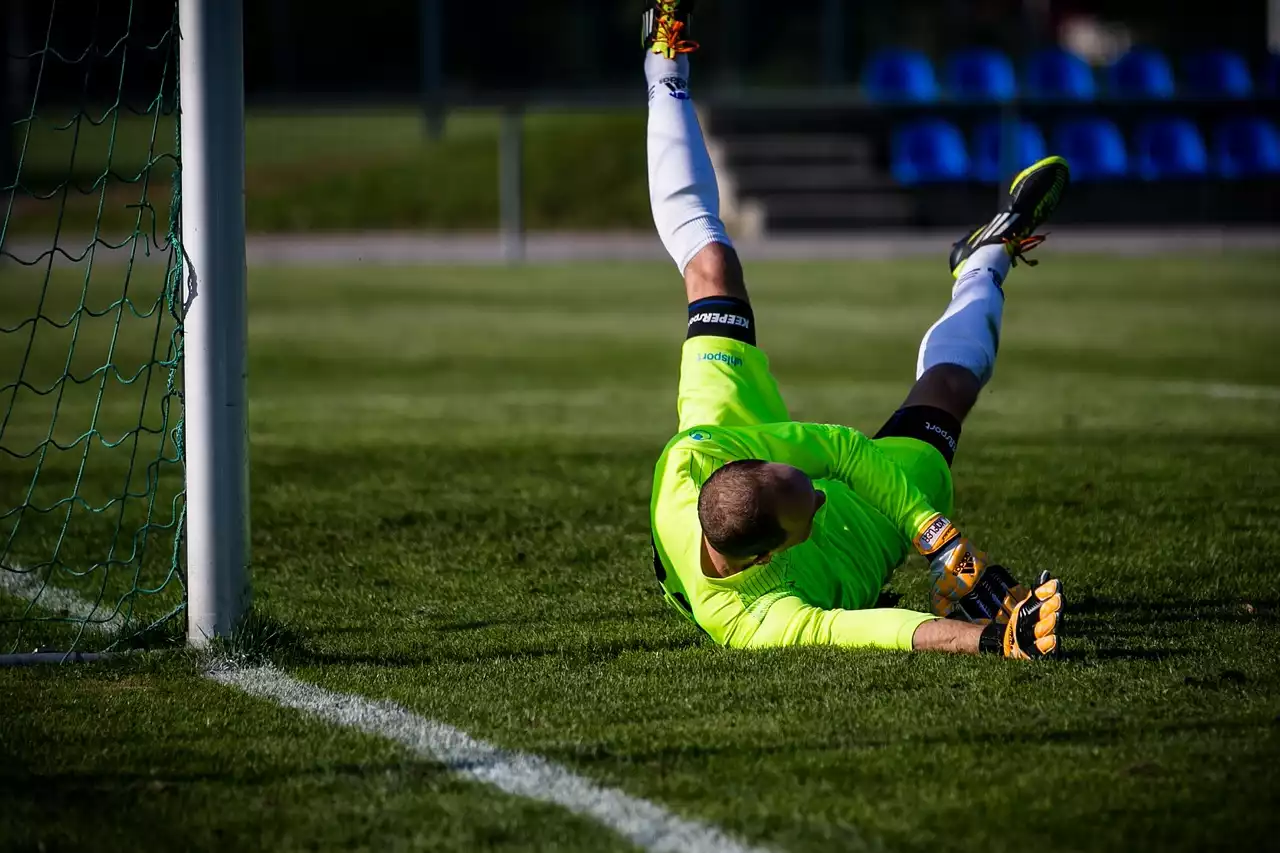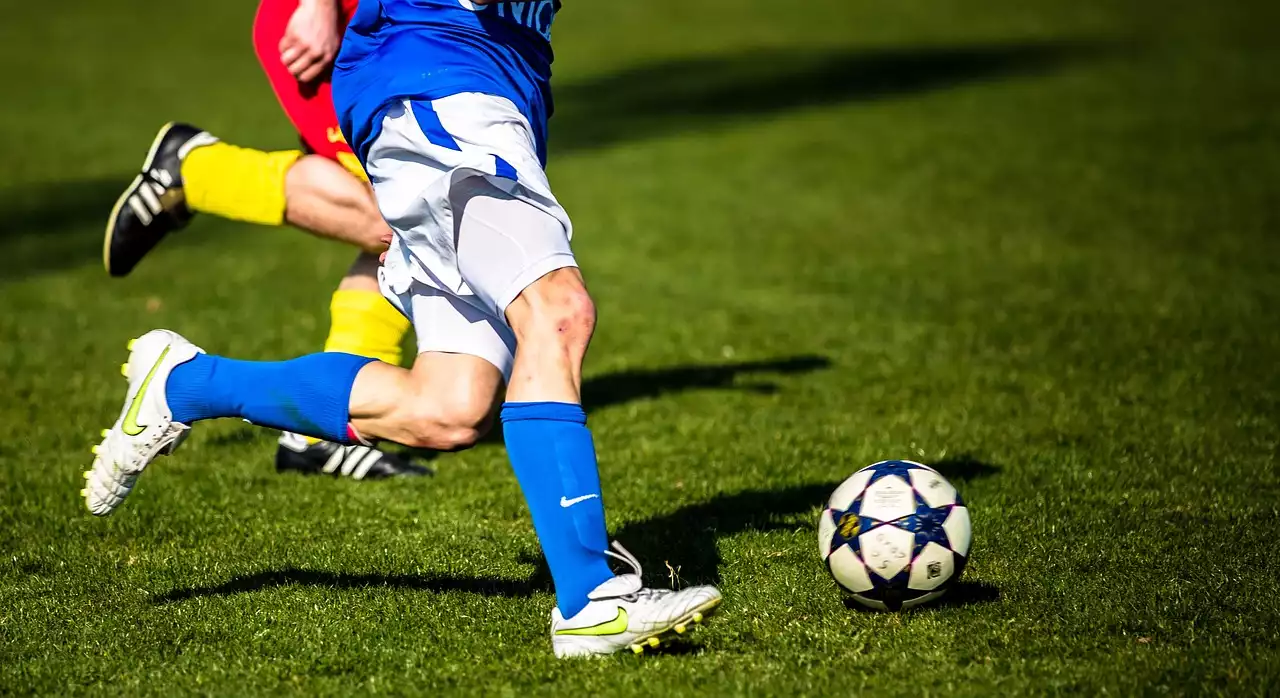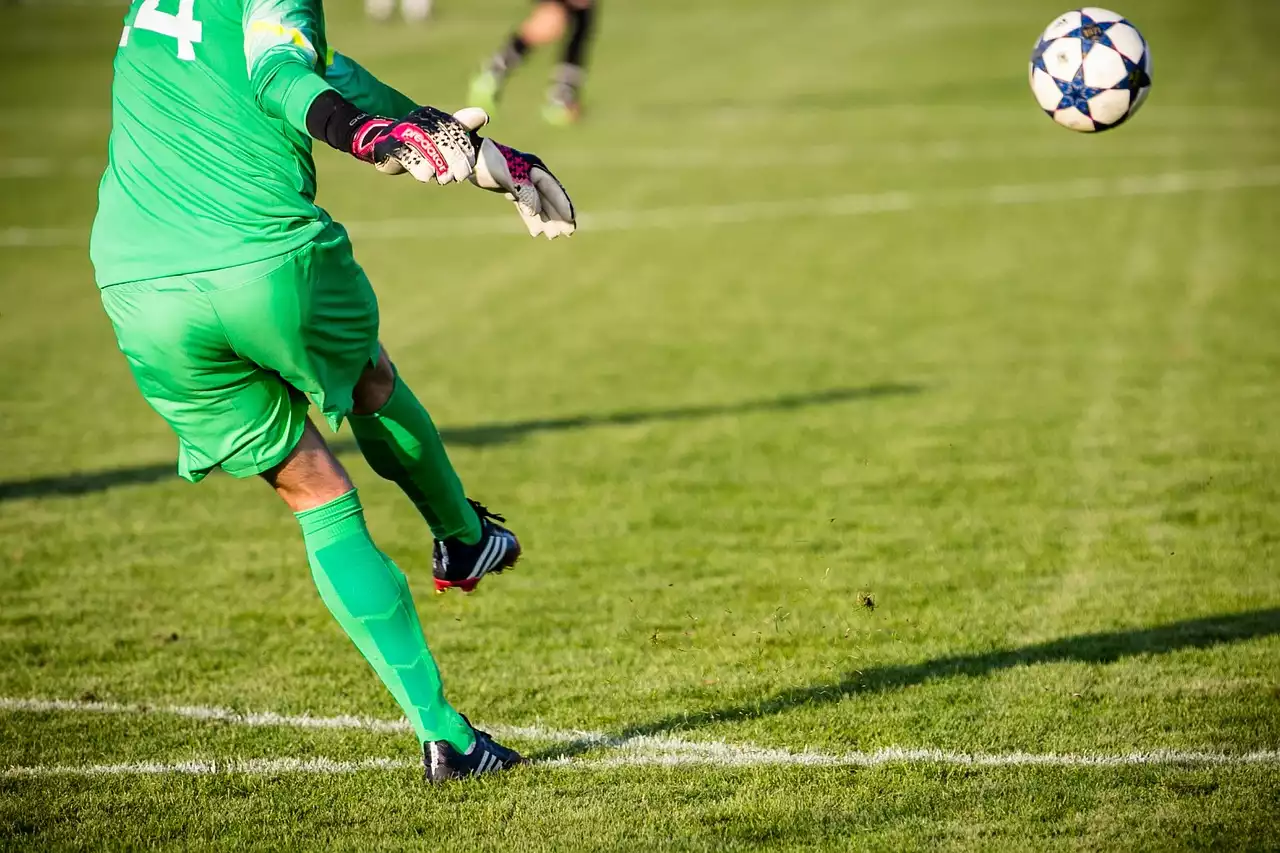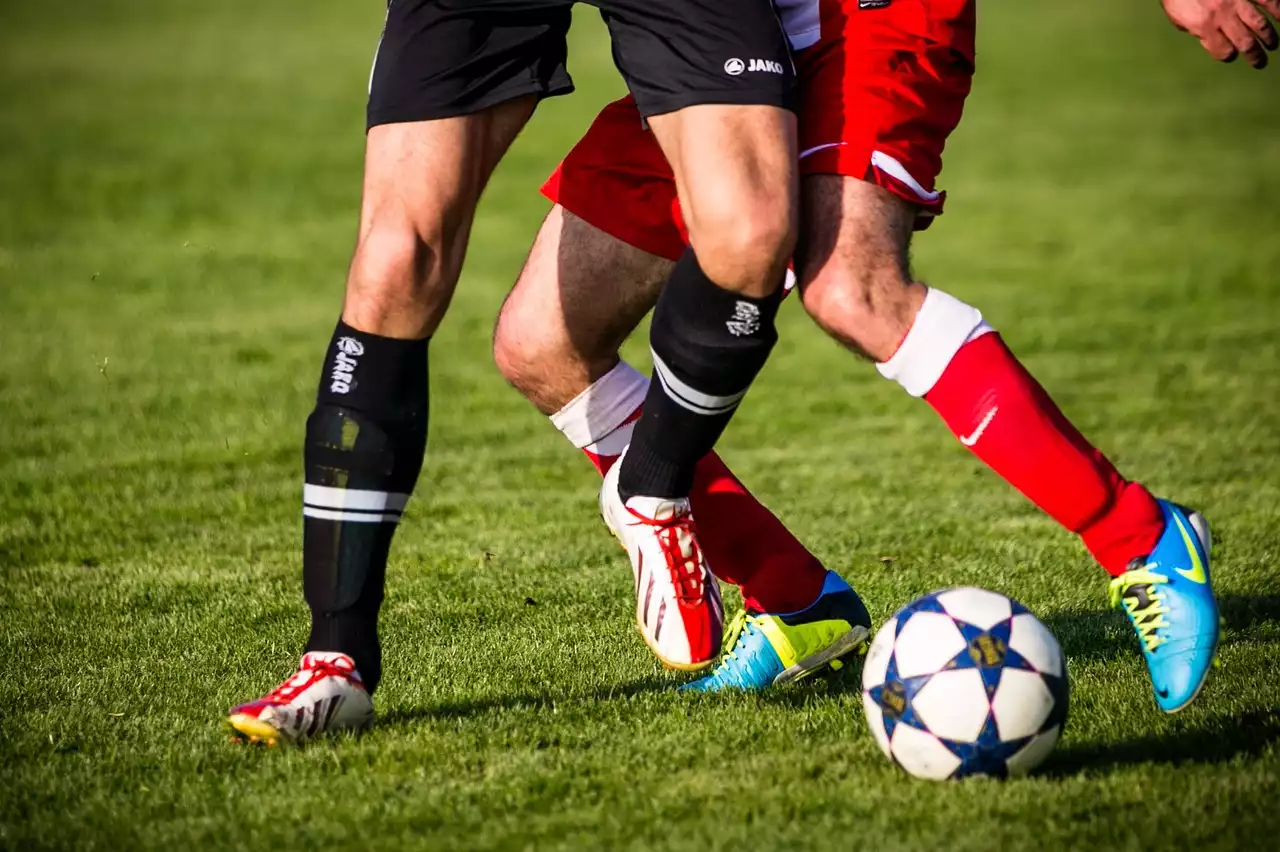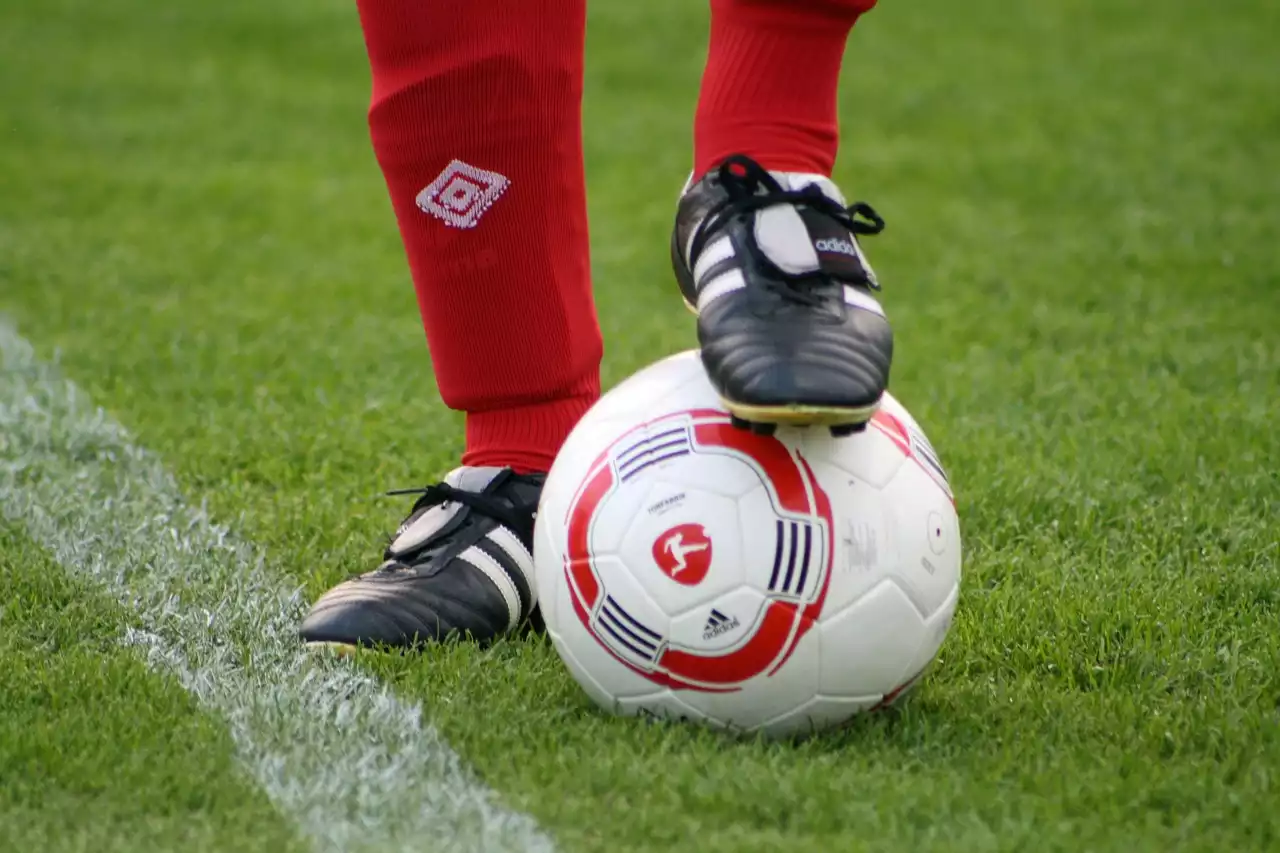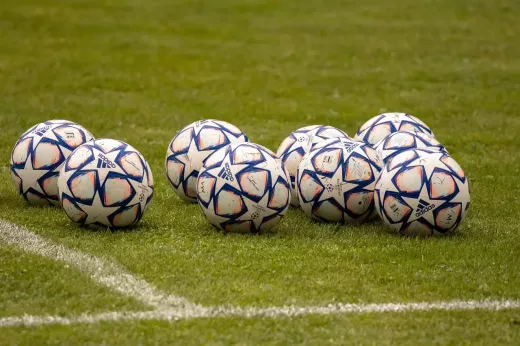What are Soccer Goal Posts and Nets?
Soccer goal posts and nets are the two main components of a soccer goal. The goalposts are typically made of metal and are usually between 6 to 8 feet high and 8 feet wide. They come in a variety of shapes, such as square, round, or rectangular. The nets are usually made of nylon or polyester and are typically between 4 to 6 feet in height and 4 feet in width. The nets are designed to keep the ball in play, as well as to reduce the risk of injury.
Why are Soccer Goal Posts and Nets Important?
Soccer goalposts and nets are important for several reasons. First, they provide a target for the players to aim for and a barrier to keep the ball in play. Without the goalposts and nets, the game of soccer would be very difficult to play. Second, the goalposts and nets provide a visual cue to the players, which can be important in helping to identify the goal. Finally, the goal posts and nets provide a physical barrier between the field and the playing area, which can help to prevent injury.
Different Types of Soccer Goal Posts and Nets
There are a variety of different types of soccer goalposts and nets. The most common type is the traditional metal goalpost and net. These are typically made from steel or aluminum and are available in a variety of sizes and shapes. However, there are also several other types of goalposts and nets available. For example, there are portable goalposts and nets, which are ideal for those who want to take their game to the park or beach. There are also inflatable goalposts and nets, which are perfect for those who want a lightweight, easy-to-transport option.
Soccer Goal Posts and Nets Materials
The material used to make soccer goalposts and nets is very important. The goalposts and nets need to be strong and durable to withstand the rigors of the game. The most common materials used are steel, aluminum, and plastic. Steel and aluminum are more expensive, but they are also much more durable and can last for many years. Plastic goalposts and nets are less expensive and can be used for a shorter period, but they are not as strong or durable.
How to Install Soccer Goal Posts and Nets
Installing soccer goalposts and nets can be a challenging task. It is important to follow the instructions that come with the goalposts and nets to ensure that they are installed correctly. Generally, the goal posts and nets should be installed in an area with a level surface, such as a grass field or a hard court. The posts should then be secured into the ground using stakes or screws. The nets should then be attached to the posts using hooks or straps.
Regulations for Soccer Goal Posts and Nets
When it comes to soccer goalposts and nets, there are a few regulations that must be followed. Generally, the goalposts and nets must be installed by the laws of the sport. Additionally, the goalposts and nets must meet certain standards in terms of size, shape, and materials. For example, the posts must be a certain height and width, and the nets must be of a certain gauge. It is important to check with your local governing body to make sure that you are following the regulations.
Soccer Goal Posts and Nets Maintenance
It is important to regularly maintain soccer goalposts and nets to ensure that they remain in good condition. The goalposts and nets should be inspected regularly and any damage should be repaired immediately. Additionally, it is important to check the posts and nets for rust or corrosion, as this can weaken them and lead to eventual failure. It is also important to make sure that the posts and nets are secured properly to prevent them from falling over.
Benefits of Soccer Goal Posts and Nets
In addition to providing a target for the players to aim for and a barrier to keep the ball in play, there are several other benefits to using soccer goalposts and nets. For example, they can help to improve the aesthetics of a field, as well as provide a physical barrier between the field and the playing area. Additionally, they can provide visual cues to the players, which can be important in helping to identify the goal. Finally, they can also help to reduce the risk of injury.
